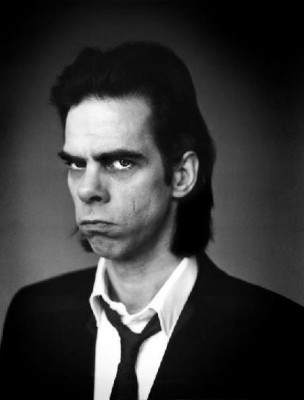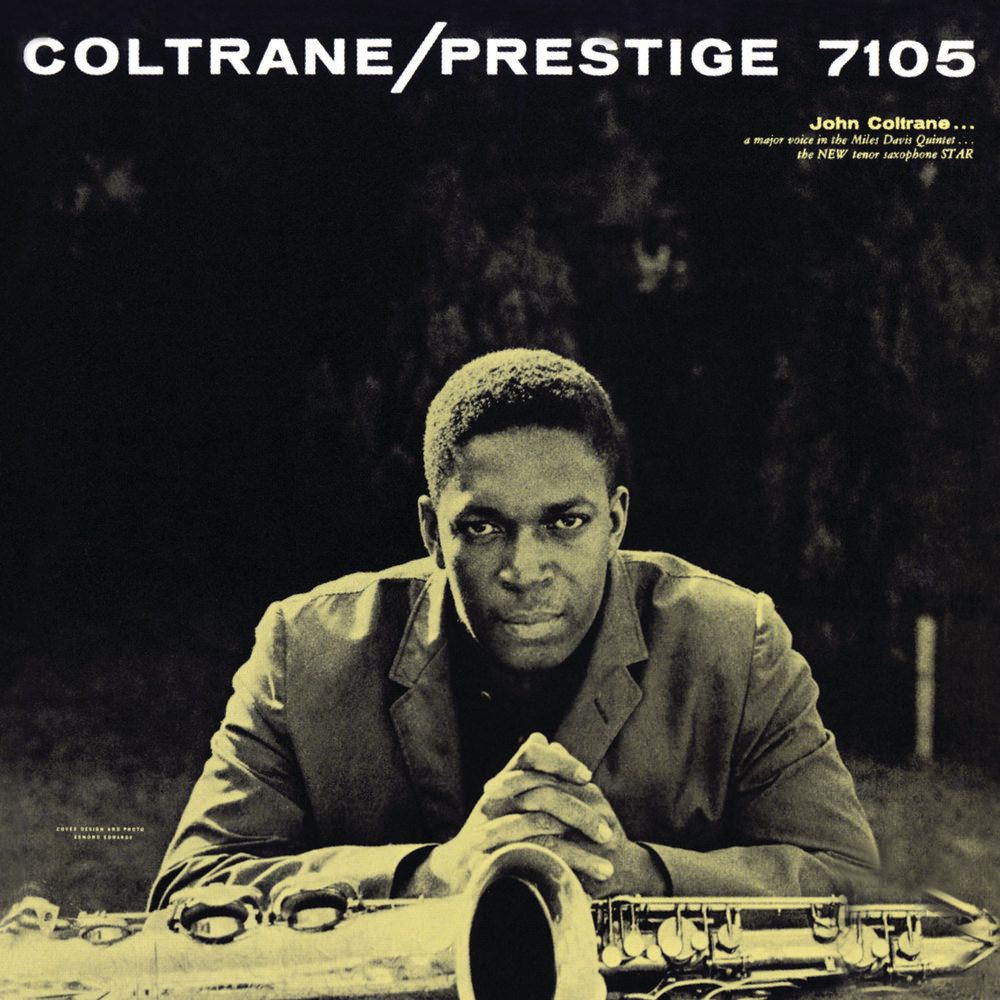Anthem for No State , Pt. III
Quin Kirchner
Expert Seoul Tailor Brooklyn NY
A Note on Art and Maturity
Mark Strand once said that poets reach maturity when they move from saying private things in a public language to saying public things in a private language.[footnote]He called it a point of truth, not maturity; I take these terms to be synonymous.[/footnote] I understand this statement to mean that a poet matures into not only a sense of scale wherein his/her work comes to describe more universal things than personal feelings or personal feelings as universal things; but, simultaneously, a style.[footnote]The poet comes to rely on her own vernacular, symbols, etc.; our recognition of her style is a result of her skill and, frequently, vice versa.[/footnote]
We see this kind of development equally among all artists, I think, and a mark of the maturing, as opposed to fully mature, artist is that his/her work remains a kind of test, a challenge to the audience to decode and interpret his/her effort. Though this might yield some reward for artist and audience, s/he is nearing the state of maturity that will free him/her from the need to obscure his/her subject (frequently with objects) but isn’t quite there. My own maturation as an artist and an audience member has been characterized by impatience with this kind of obscurantism, even when I can parse the clues. One is always hip to some reference or other but it shouldn’t be the full price of the ticket.
For better or worse, I tend to approach most art literally and let it go to work on me from there. My own musical preference for ensemble composing and performing without vocals stems from this condition, as it supports an it-is-what-it-is art, contingent only on what the group plays, not on what the audience might think about what one of us is saying. In this way, my mature practice, such as it is, is marked by collaboration, understanding that what one is trying to get across benefits in every instance from direct involvement with and the ideas of others: the audience collaborates, exhibitors and distributors collaborate, one’s inspiration and aspiration collaborate. One way or another, the art experience is always shared.
That said, art work begins with inspiration and aspiration. One is moved to get something across, an image, a sound, a structure, or whatever else, as Denise Levertov put it, raves to us for release. In my work, what, exactly, do I try to get across? It’s fairly simple: we must be good to each other.
Two examples of the basic philosophy behind this idea take G-d as their object, not their subject. I suspect you’ll catch my drift when you have a look at them.

The first is from James Baldwin’s The Fire Next Time,
If the concept of God has any validity or any use, it can only be to make us larger, freer, and more loving. If he can no longer do this then it is time we got rid of Him.
The subject of this statement is our inspiration, aspiration, humility, and selflessness. Its object, on the other hand, is G-d, who we are free to embrace or deny according to our need. This sort of statement, a benevolent subject paired with a provocative treatment of an ideal object typifies certain of Mr Baldwin’s statements, especially as he reached his artistic maturity. During his peak, he was a master of this kind of statement.

Another example is Nick Cave, who in a lecture he delivered on writing love songs said,
Actualising of God through the medium of the love song remains my prime motivation as an artist. The love song is perhaps the truest and most distinctive human gift for recognising God and a gift that God himself needs.
I won’t make any proclamations about Mr Cave’s faith but I will point out that the role he assigns to G-d is similar to Mr Baldwin’s in that they both invoke G-d’s mutual need for us, as conjurers or gift bearers.[footnote]Edmond Jabès: “Every god needs a witness.”[/footnote] That they speak of G-d only matters here insofar as he represents an ideal, either an ideal inspiration (Baldwin) or aspiration (Cave). Each man’s use of a mutually held ideal — held, that is between the idealizer and idealized — affirms the necessity of striving or longing and a goal. In other words, the gap between the effort and the object is the subject. The effectiveness of the work is defined by the ability of its audience to recognize and identify with the effort, not the object.
This kind of connection speaks to the variety of music, poetry, or other art that initially captivates us: we respond to the uncommon relation of common reactions to common things.The things in question likely appeal to us specifically at a certain point in time, regarding death, injustice or oppression, a favorite location, a favorite car, or an especially difficult break-up, for instance, but the stuff that stays with us does so even after these events have receded into the past. So one might be struck by a poem that speaks to one’s immediate circumstance but what will keep one interested in the poem is what it tries to do, and as we mature, what it continues to do.
A related idea is the preference for genres. If we cling to the event or time during which we were first captivated by a work, we will seek similar-sounding or similar-looking material to repeat or revive both the original experience and the captivation. This is distinct from the relationship described above in that it asks art to seize an experience rather than develop as we ourselves mature.
A Note on Art and Audience
Because our general understanding of humility is calibrated by its outward expression, it seems arrogant when an artist is sufficiently satisfied with her or his own work to eschew the conventions of approval and praise.
The failure in this understanding is to recognize that humility exists not in the face of praise or recognition for or of one’s work but rather in the respect for the work’s materials, deference to the practice of making art in the first place, the pleasure of the work, the labor, the creation itself.
Which is to say that there are reasons to make art independent of having its final outcome seen or heard by other people.
Inspiration: Bakai

John Coltrane, “Bakai,” Coltrane, 1957.
What’s most interesting to me about this tune is that it struggles alternately to stay close to then-current jazz conventions and, by including that quarantined polyrhythmic bit, move away from it. The group is characteristically satisfying but this seemingly conflicted effort is what draws me to Bakai. I feel something similar in my own music: I want it to move out from my own tradition (rock, punk, post-etc.) but if I can get it out there, I retreat to something more familiar. Why I do this is, I think, obvious enough. I’m not ready to work without a net.
Energies: A Note on Influence
The matter of influence is a varied and frequently complex one, not least because of its relationship to authenticity, which I address here. I think it’s worth reiterating that I believe being truthful to one’s influences is as much a moral matter as it is a practical one, if not more so.
This is not, as far as I know, a popular position even though it is also far from unusual. Certain ideas about gender, freedom, confinement, and love, for example, have been passed to subsequent generations by country and blues singers; there’s a strain of tenor players whose heritage can be traced to John Coltrane’s spiritually explicit efforts.[footnote]Perhaps even to a single record, A Love Supreme.[/footnote] I choose these cases precisely because they support my premise but there are countless others. In fact, I’ll even go so far as to say that one takes on an influence because it offers a sense of right and wrong, defines or echoes one’s sense of struggle or success, confirms what one seeks to confirm in whatever situation is at hand.[footnote]I’m writing here about music, of course, but influence pervades all activity. We see or hear then learn and then we do.[/footnote]
So we all, one way or another, actively seek influences. I take it as a measure of maturity, however, that one eventually assimilates them into an existing style and builds from there. That is, however much imitative modes might satisfy many performers, I think stopping at the sum of one’s influences is short-sighted.
Energies: A Note on Having or Making a Sound
The question of how I want to sound is better derived from how well I play than the other way around. That is, I am more likely to be able to manage the sound of my kit if my strokes are assured, my sense of the kind of energy I want to create and support is clear. Without aspiration or inspiration, the best-tuned array of drums and cymbals won’t get me or my group very far.
So rather than search for a sound, I’ve come to feel that one might go so far as to take one’s sound for granted: allowing that one is, more often than not, no stranger to his or her instrument, its sound is not at issue but has in fact been chosen already. By the time one makes a noise, the decision has been made. In which light, there’s nothing to do but get on with the effort of solid play.
Energies: A Note on Music and Disbeliefs
I do not believe that the act of making music, however deliberate or spontaneous it might be, aspires to a preordained ideal. That is, there is no perfect music, except insofar as a given musical piece or performance fulfills the needs of its participants — listener, composer, and performer alike. This fulfillment is, in the end, all that matters.
I also do not believe that all music aspires to art, nor should it, any more than any other activity aspires to art. I emphasize my use of the word activity because I believe music is something one does.[footnote]This idea will be familiar to readers of Christopher Small’s Musicking, a book I’ve only recently come across. I recommend it to anyone who’s interest in music is more than passing. His development of a theory of music-as-action has inspired rather than deterred my remarks here.[/footnote]
